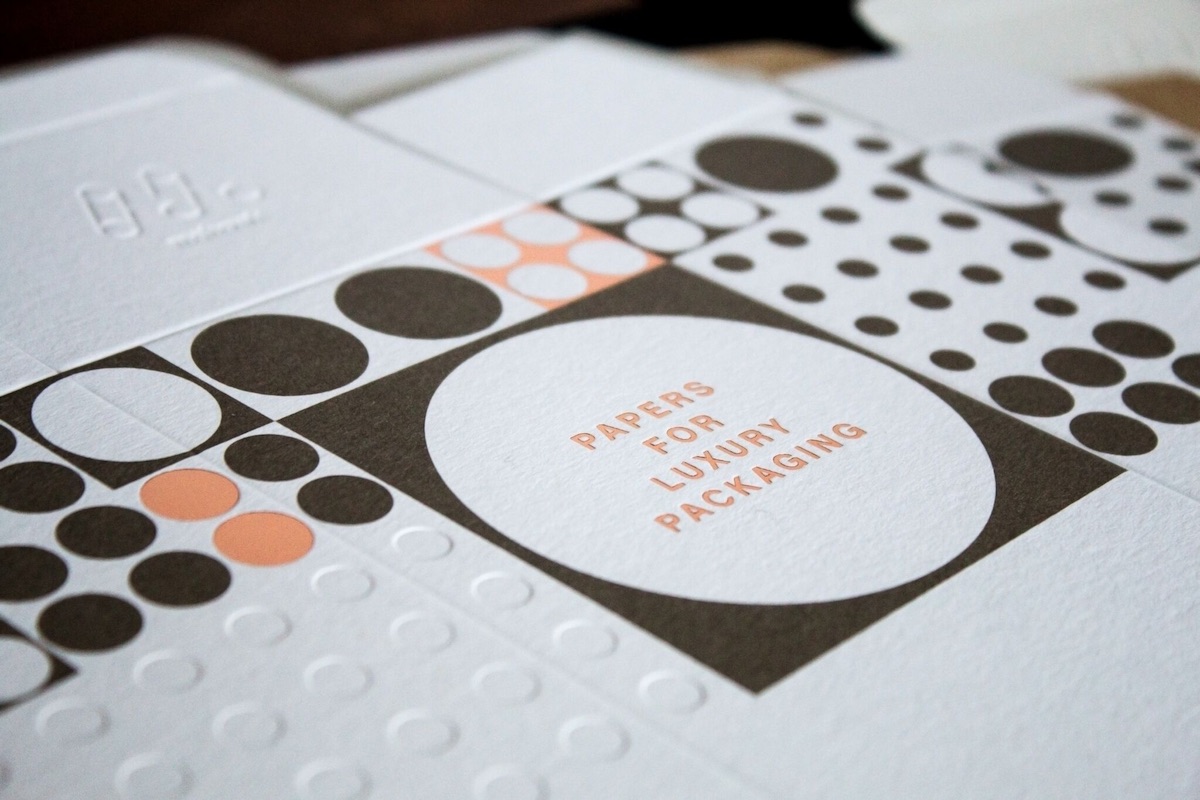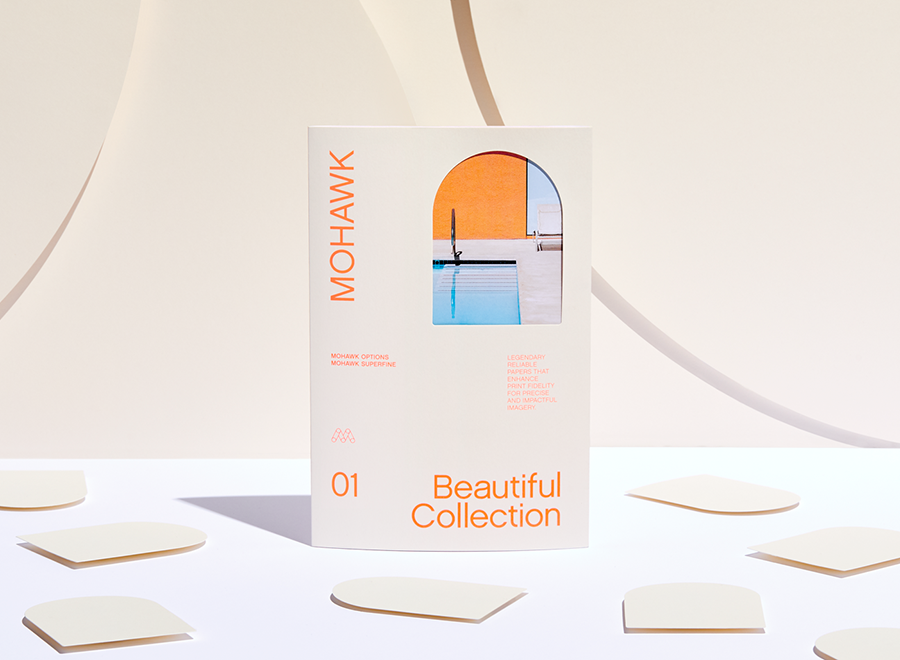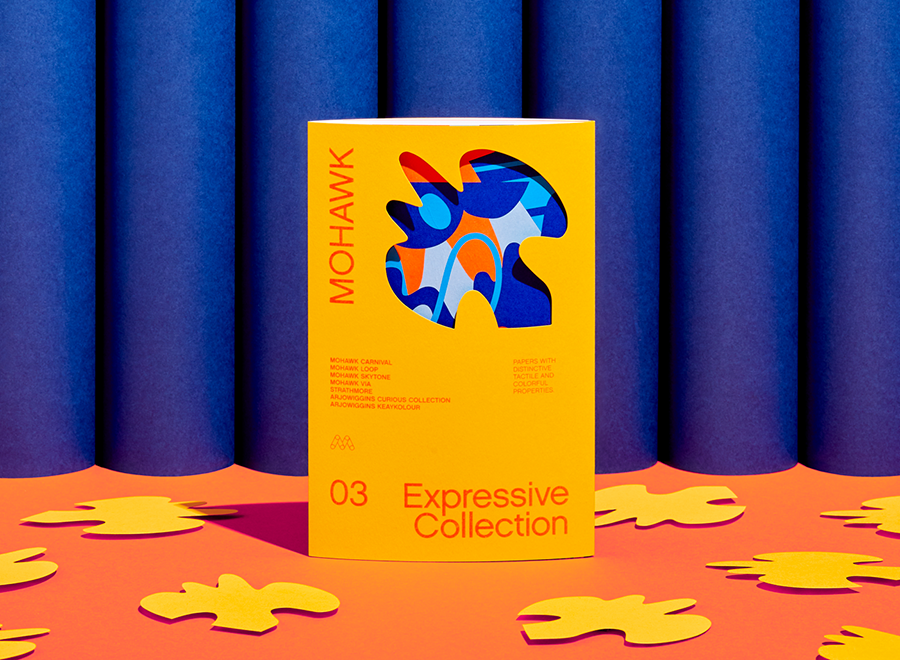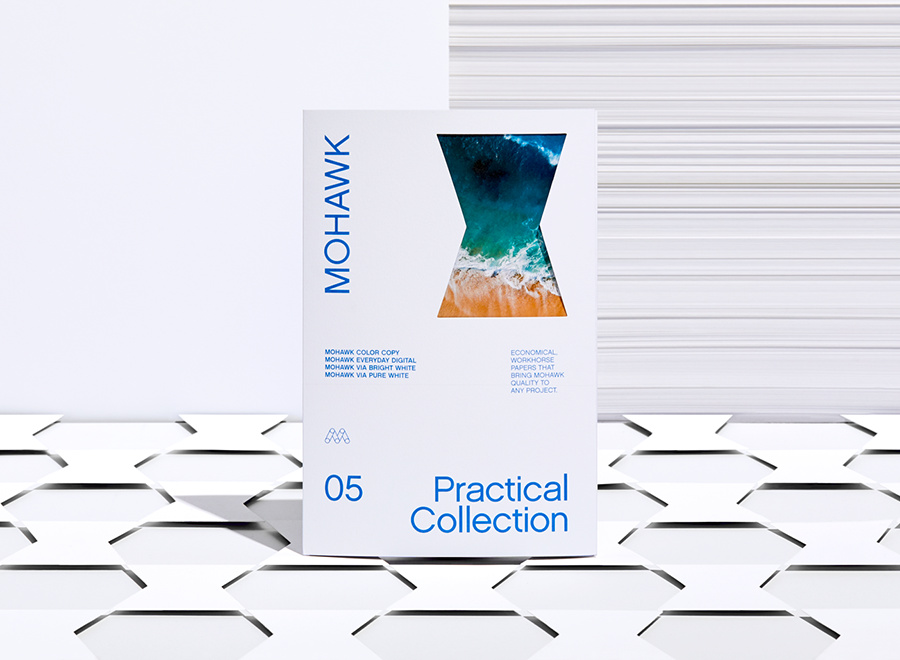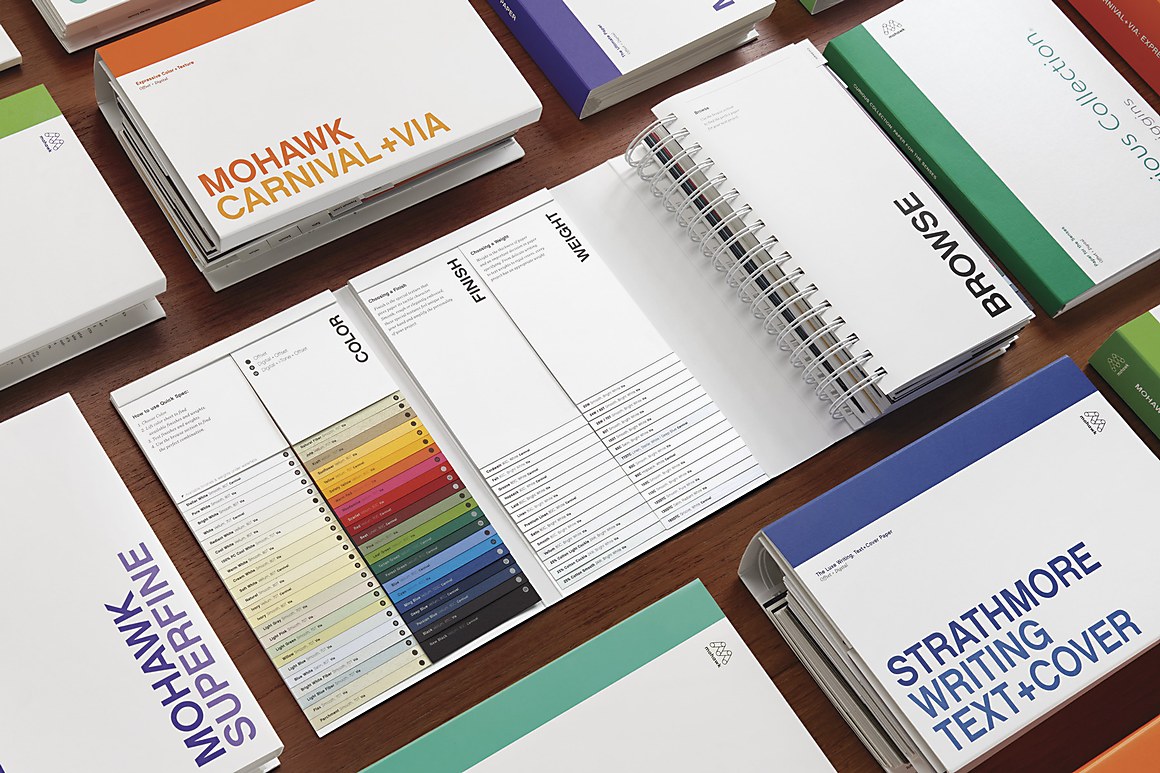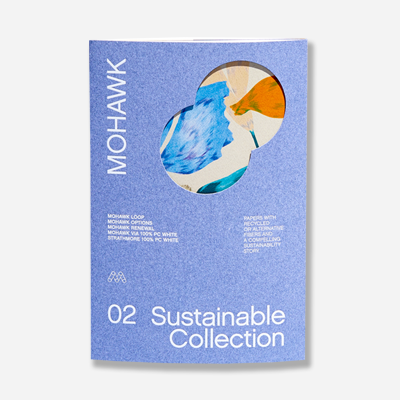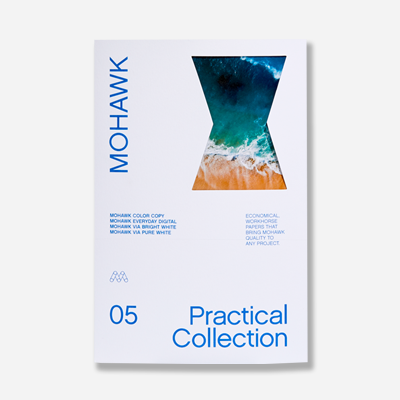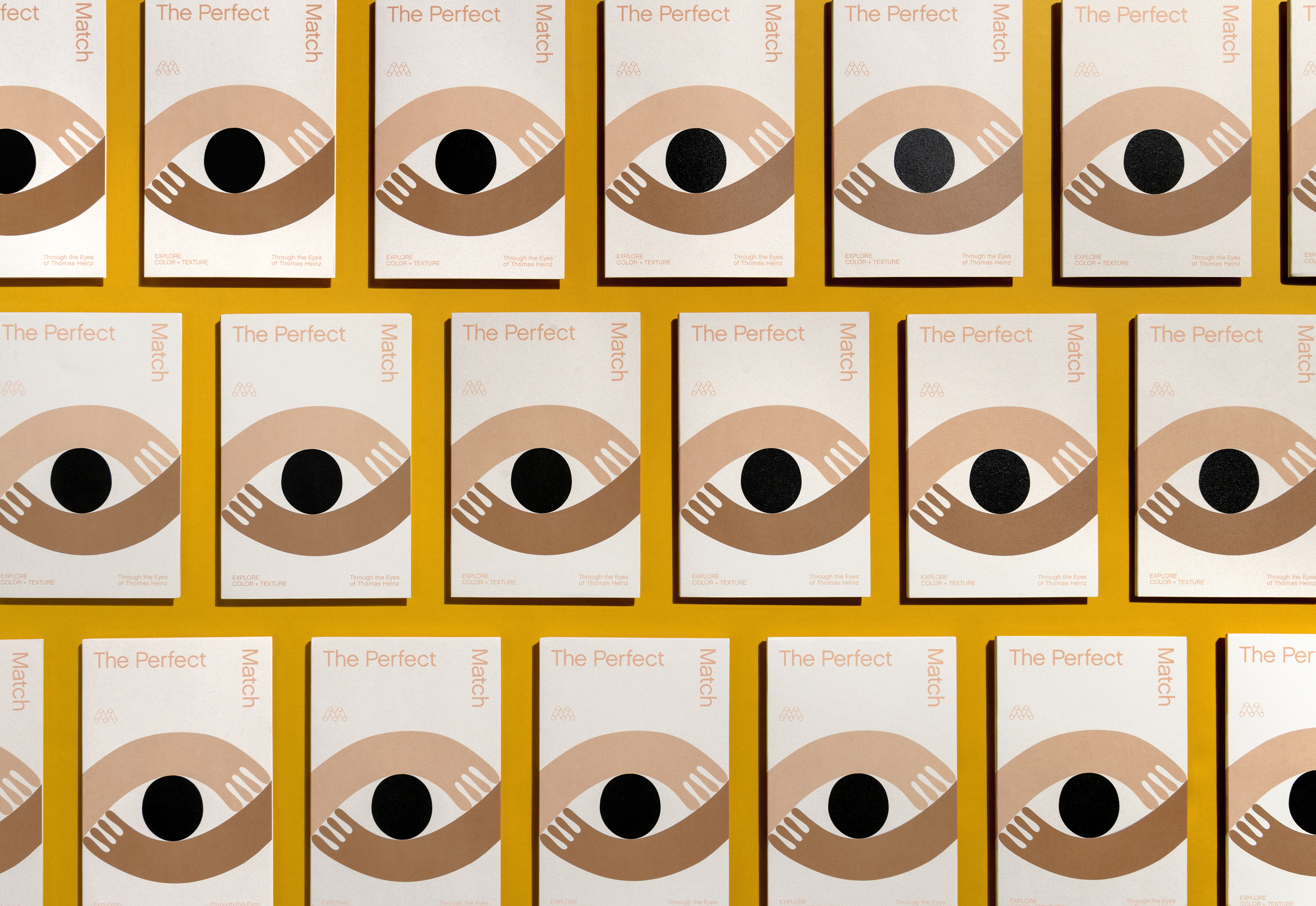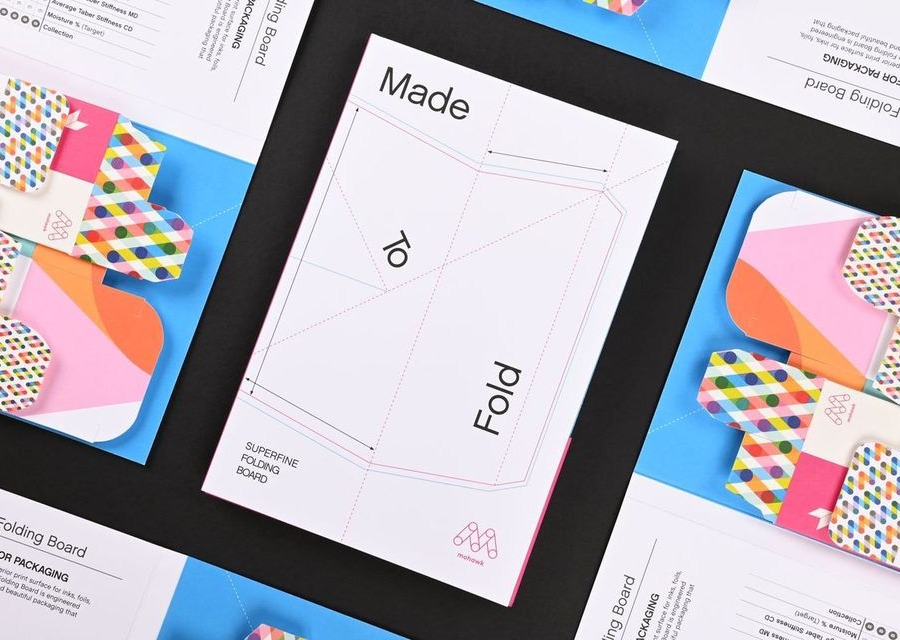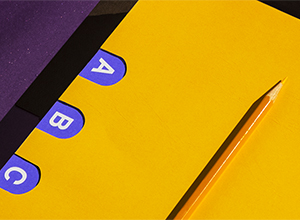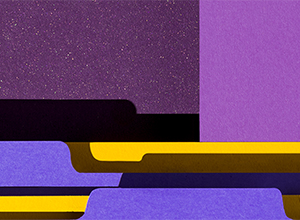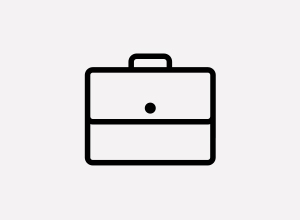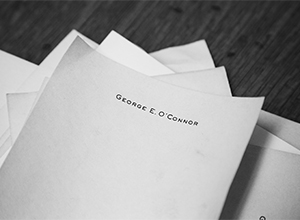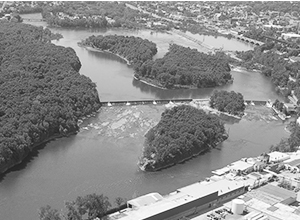A Common Language of Design: The Seattle-Havana-Tehran Poster Show

Ask yourself what graphic design looks like in Seattle, Havana, and Tehran. Radically different images likely fill your head as these cities are politically and geographically disparate. But consider for a moment the common language of design and its vernacular—color, composition, typography, pattern, etc. These things are universal.



Suggested Articles
As digital printing evolves from compromise to sophisticated tool—advances in color, texture, and fiber papers push the boundaries of what's possible.
In today's competitive marketplace, packaging plays a crucial role in brand perception and consumer satisfaction.
Mohawk Renewal marks a bold new chapter in our ongoing commitment to sustainability and innovation in papermaking.
